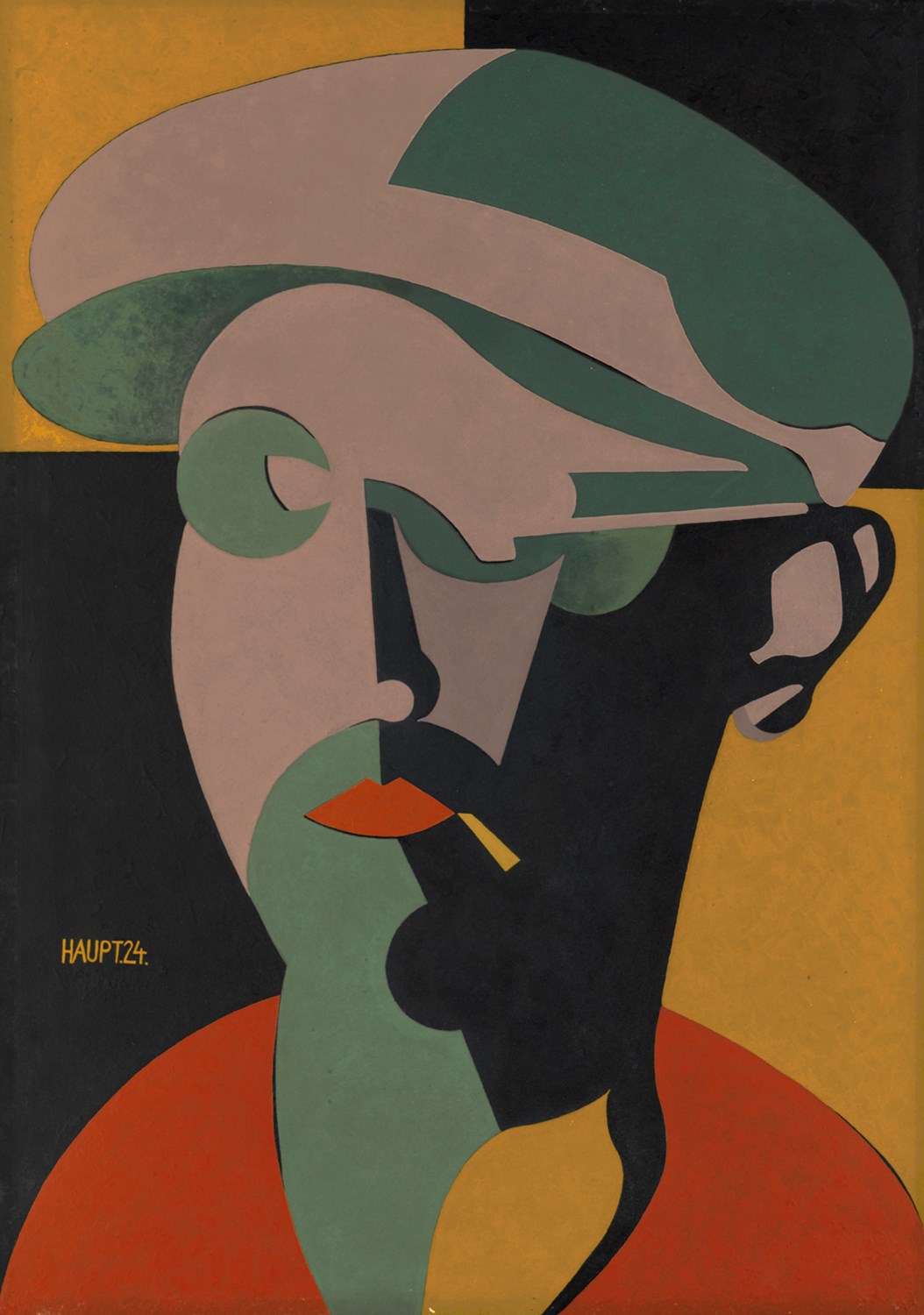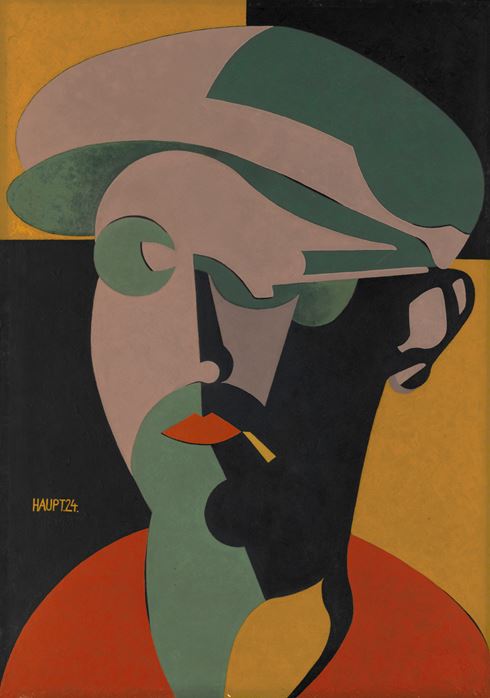
Karl Herrmann HAUPT
Halle and der Saale 1904 - Berlin 1983
Biography
A painter and designer, Karl Hermann Haupt studied painting at the Kunstgewerbeschule in his native Halle between 1920 and 1923. Between 1923 and 1924 he took courses at the Bauhaus in Weimar, where he was taught by Josef Albers, László Moholy-Nagy, Wassily Kandinsky, Paul Klee and Walter Gropius. After his studies at the Bauhaus in Weimar, Haupt returned to Halle, where he worked as a painter until 1926, when he moved to Krefeld to take up a career as a textile painter. Haupt remained in Krefeld for much of the 1930’s, combining this with studies under Johannes Itten at the Krefeld School for Textile Decoration. In 1939 he was again in Halle, working as a technical draughtsman. Following military service in World War II, Haupt worked for the regional government of Saxony-Anhalt until 1951, when he was appointed a lecturer at the School of Applied Arts in Berlin. From 1953 onwards he worked as a scientific illustrator and photographer at the Academy of Sciences in Berlin, where he died in 1983.
The influence of the teachings of the Bauhaus is evident in the handful of works by Haupt of the 1920’s that have survived. These include an abstract composition in watercolour of 1925 and a gouache and watercolour drawing entitled The Red Man of about the same date; both works are today in New York private collections. Another gouache drawing by Haupt of 1925, in which the artistic theories of the Hungarian Constructivist painter László Moholy-Nagy are particularly evident, is today in the collection of the Bauhaus Archive in Berlin, which also houses a number of linocuts by the artist that similarly reveal his debt to the example of Moholy-Nagy.


